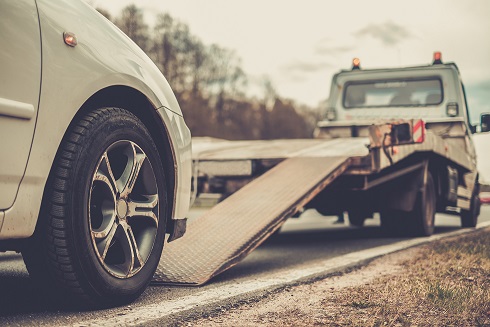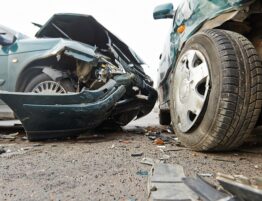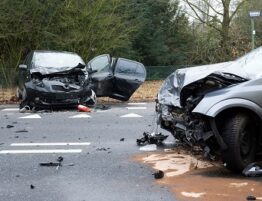
Accidents happen, and when they do, understanding common car body repairs becomes essential for every vehicle owner. Whether it’s a minor scratch, a dent, or a more significant collision, knowing how to address these issues can save you time, money, and stress. In this blog post, we’ll provide a comprehensive guide to help you understand common car body repairs and the steps involved in resolving them.
- Dent Removal: Dents are a common occurrence for vehicles, whether caused by hail, minor collisions, or parking mishaps. Depending on the severity and location of the dent, different techniques can be used for repair. Paintless Dent Removal (PDR) is a popular method for fixing small dents without damaging the vehicle’s original paint. However, for more extensive or complex dents, professional repair may be necessary, involving techniques like filling, sanding, and repainting.
- Scratch Repair: Scratches on your car’s exterior not only diminish its appearance but can also lead to rust if left untreated. Superficial scratches can sometimes be buffed out or treated with scratch repair kits that match your vehicle’s paint color. For deeper scratches that penetrate the clear coat or primer, professional repair involving sanding, filling, and repainting may be required to restore the damaged area.
- Paint Touch-ups: Small chips, nicks, or areas where paint has been worn away can be effectively addressed through paint touch-ups. This process involves carefully applying touch-up paint to match the color of your vehicle and blending it seamlessly with the surrounding area. While touch-up paint can be purchased from auto supply stores, precision and technique are crucial for a seamless repair. Consider seeking professional assistance for a flawless result.
- Bumper Repairs: Bumpers are susceptible to damage, especially in low-speed collisions or parking incidents. Minor bumper damage, such as scratches or scuffs, can often be repaired using specialized techniques like sanding, filling, and repainting. However, more extensive damage, such as cracks or dents, may require bumper replacement or professional repair to ensure structural integrity.
- Frame Alignment: In cases of significant collisions, the vehicle’s frame may become misaligned, affecting its overall structure and safety. Frame alignment or straightening is a complex repair process that requires specialized equipment and expertise. Professional auto body shops utilize laser measuring systems and hydraulic presses to meticulously realign the vehicle’s frame, ensuring it meets manufacturer specifications.
- Glass Repair and Replacement: Damaged or cracked windows and windshields should be addressed promptly as they compromise visibility and passenger safety. Small chips or cracks can often be repaired using resin injection techniques, preventing the need for full replacement. However, larger or severely damaged glass may necessitate professional replacement services to ensure proper fit and safety standards.
Understanding common car body repairs empowers vehicle owners to make informed decisions when it comes to addressing damage to their vehicles. While some minor repairs can be attempted as do-it-yourself projects, it’s crucial to recognize the limitations of your skills and equipment. For complex or extensive damage, it is highly recommended to consult professional auto body repair shops to ensure safe and quality repairs. By addressing car body repairs promptly and correctly, you can restore your vehicle’s appearance and maintain its value while ensuring the safety and enjoyment of your driving experience.








